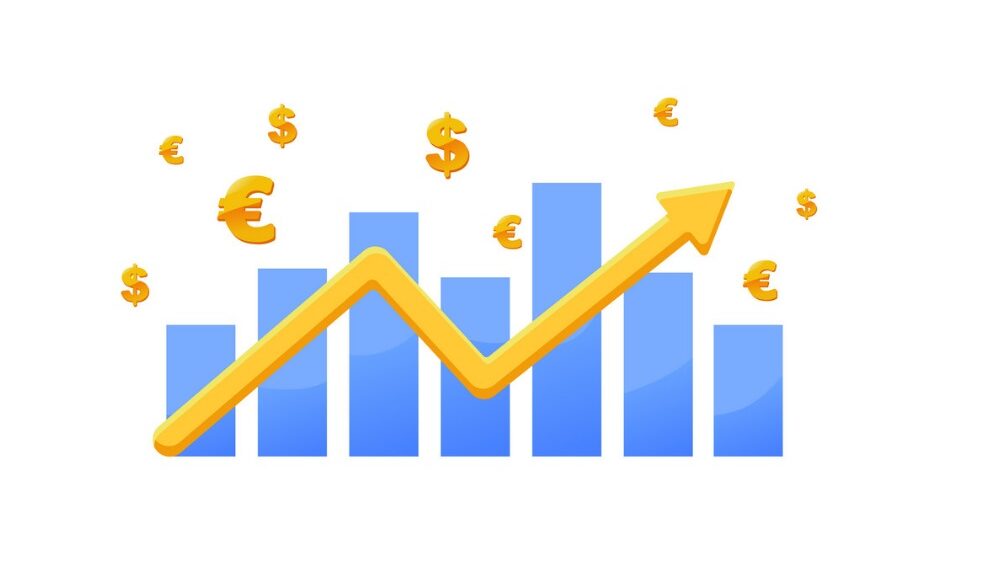The global fuel cell market size, which happened to be valued at $4.58 billion in 2021 and $5.90 billion in 2022, is estimated to reach $36.41 billion by 2029. This will result in a CAGR growth rate of 29.7% in the forecast period. Based upon the analysis, the worldwide market showed a growth rate of 8.8% in 2020 vis-à-vis to the year before that.
It is well to be noted that the global COVID-19 effect has indeed been staggering as well as unprecedented, with fuel cells going on to experience a demand that’s higher than anticipated throughout all the regions as compared to what was seen before the pandemic.
A fuel cell is a device that consists of a cathode and an anode that are immersed in an electrolyte medium so as to conduct and produce electricity in an efficient way. These units also operate as batteries, which provide the necessary power to the system. That said, it makes use of hydrogen-based fuel instead of going ahead with charging for many periods. These systems happen to be working on the elementary electrochemical mechanism, which goes on to convert chemical energy into electrical form.
The COVID-19 outburst caused havoc across all the industry sectors in the world, with power and energy being no different. Many countries across the world have experienced slippage when it comes to prominent investments since the industries came to a halt, which meant that the revenues saw an unprecedented dip. Besides, many small and medium-sized companies also saw an impact due to the pandemic, which led to office closures, nationwide lockdowns, and restrictions on travel, which led to a significant amount of cash flow disruption.
That said, many governments have gone on to introduce numerous packages related to boosting the economy across various verticals so as to make sure that the firms are able to bear the gap in revenue.
It is well to be noted that the burning of fossil fuels goes on to release greenhouse gases as well as harmful content that makes way for several issues like global warming, acidification of the oceans, etc. Therefore, private organisations as well as governments across the European Union have made sure to elevate their focus on reducing the carbon footprint as well as lessening emissions that happen to be harmful.
The Fuel Cells and Hydrogen Joint Undertaking, which happens to be a European private-based partnered R & D push, has estimated that by 2050, hydrogen fuel will account for almost 24% of the overall regional energy consumption. The US Department of Energy has unbolted applications for a whopping $7 billion in programmes with the objective of building and designing clean hydrogen hubs across the US. These hubs are going to be the key drivers so as to benefit the communities with funding for clean energy.
Notably, FC systems are increasingly put in place so as to produce combined heat and electricity to power as well as heat small households and commercial places that range from hotels and hospitals to public buildings and educational centres. As a matter of fact, many state as well as federal authorities have put forth legislative frameworks as well as subsidy schemes so as to give throttle to device integration across many applications. For example, the New Jersey state government has gone on to update its financial benefits when it comes to FC CHP installations. The programme structure is devised in such a way as to propel more manufacturers with a financial aid of almost $3 billion on every project.
The fact is that carbon emissions contribute to climate change, which has consequences that are pretty serious in nature, both for humans and the environment. SOFC happens to be used in mobile as well as stationary applications, which goes on to strengthen as well as diversify the energy infrastructure and thereby provide clean, reliable, and advanced energy efficient solutions so as to meet the increasing demand for power. Hence, better efficiency of fuel as well as rising adoption of zero emission tools will increase the demand for fuel cells in CHP applications across the predicted period.
According to the Global Energy Review 2021, CO2 emissions in the EU were 2.4% lower.
The demand for electric vehicles, which includes battery electric vehicles as well as plug-in hybrid vehicles, is increasing quite significantly because of the various advantages associated with them, like high efficiency, energy security, and cost efficiency. All this, however, may hamper the expansion of the market.
The high cost, which happens to be associated with manufacturing as well as delivering hydrogen fuel across service stations, might go on to play a barrier to market expansion. Besides this, the planning and construction of new stations go on to require massive investments that happen to be completely dependent on various factors that go on to affect the dynamics of the market.




































